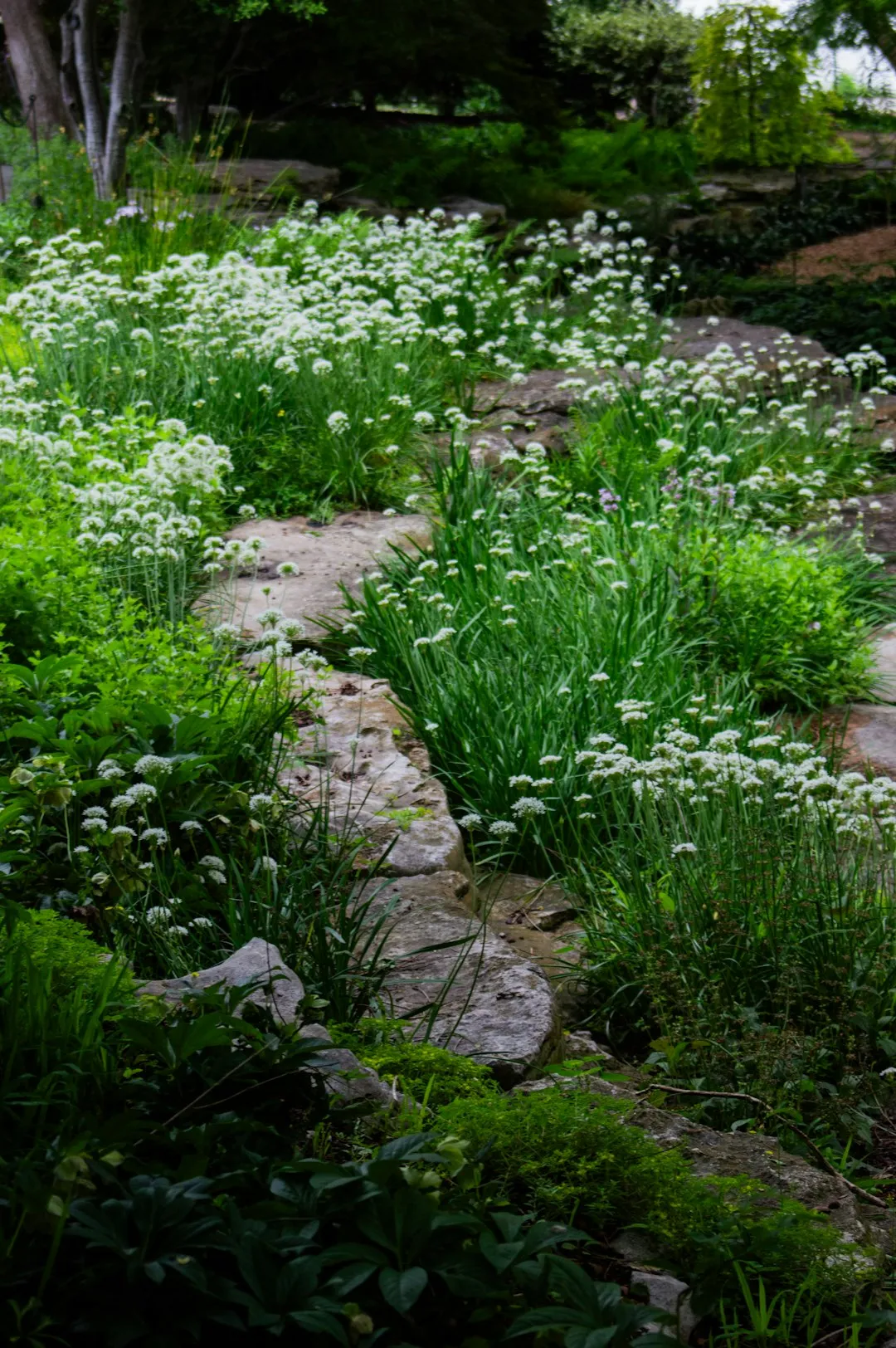
Embarking on the journey of gardening is like opening a door to a world filled with endless possibilities. Among the numerous herbs that can grace your garden, parsley stands out as a versatile and essential addition. Not only does it bring a burst of fresh flavor to your culinary creations, but it also adds a touch of greenery to your outdoor space. In this comprehensive guide, we will explore the art of growing parsley plants, from choosing the right location to harvesting and preserving this delightful herb.
Understanding Parsley
Parsley, scientifically known as Petroselinum crispum, is a biennial herb that belongs to the Apiaceae family. It is native to the Mediterranean region but has been cultivated worldwide for centuries. There are two main types of parsley: curly parsley and flat-leaf parsley. Curly parsley is known for its ruffled leaves and is often used as a garnish, while flat-leaf parsley has a more robust flavor and is commonly used in cooking.
Choosing the Right Location
One of the first steps in growing parsley is selecting the perfect location for your plants. Parsley thrives in full sun to partial shade, so choose a spot in your garden that receives at least 4-6 hours of sunlight per day. The soil should be well-draining, rich in organic matter, and have a pH level between 6.0 and 7.0. If your soil is heavy or clay-like, consider adding compost or aged manure to improve its texture and fertility.
Planting Parsley
You can start parsley from seeds or transplants. If you choose to start from seeds, soak them in warm water for 24 hours before planting to help speed up germination. Sow the seeds about 1/4 inch deep and 6-8 inches apart in rows. Keep the soil moist but not waterlogged until the seeds germinate, which usually takes 2-3 weeks. If you prefer to use transplants, purchase healthy seedlings from a nursery and plant them at the same depth as they were in the container, spacing them 6-8 inches apart.
Caring for Parsley Plants
Once your parsley plants are established, they require minimal care. Water them regularly, especially during dry spells, to keep the soil evenly moist. However, be careful not to overwater, as parsley is susceptible to root rot. Apply a balanced fertilizer every 4-6 weeks to promote healthy growth. You can also pinch off the flower buds as soon as they appear to encourage leaf production.
Harvesting Parsley
You can start harvesting parsley leaves when the plants are about 6-8 inches tall. To harvest, simply snip off the outer leaves at the base of the stem using a pair of sharp scissors or pruning shears. Avoid removing more than one-third of the plant at a time to ensure continued growth. Parsley can be harvested throughout the growing season, but it is best to harvest in the morning when the leaves are at their freshest.
Preserving Parsley
If you have more parsley than you can use fresh, you can preserve it for later use. One of the easiest ways to preserve parsley is by drying it. To dry parsley, tie the stems together in small bunches and hang them upside down in a warm, well-ventilated area. Once the leaves are completely dry, remove them from the stems and store them in an airtight container in a cool, dark place. You can also freeze parsley by chopping it into small pieces and placing it in ice cube trays filled with water. Once the cubes are frozen, transfer them to a freezer bag and store them in the freezer.
Popular Types of Parsley to Grow
As mentioned earlier, there are two main types of parsley: curly parsley and flat-leaf parsley. Here are some popular varieties within each type:
In conclusion, growing parsley is a rewarding experience that allows you to enjoy the fresh taste of this essential herb in your own home. By following the tips and techniques outlined in this guide, you can successfully grow healthy parsley plants and harvest an abundance of flavorful leaves throughout the growing season. So, roll up your sleeves, grab your gardening tools, and start growing parsley today!
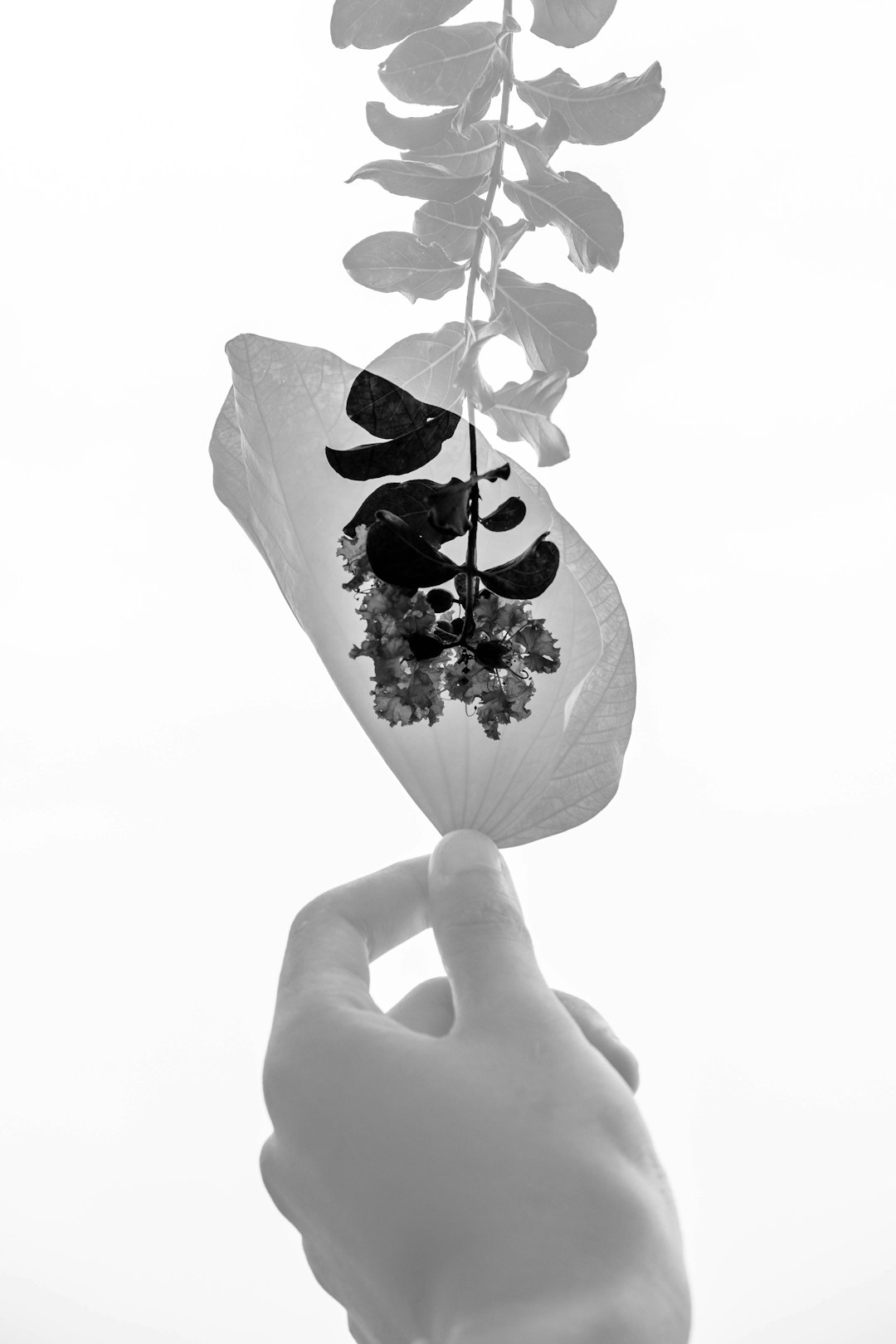
The Secret to Squirrel - Free Potted Plants
The Secret to Squirrel - Free Potted Plants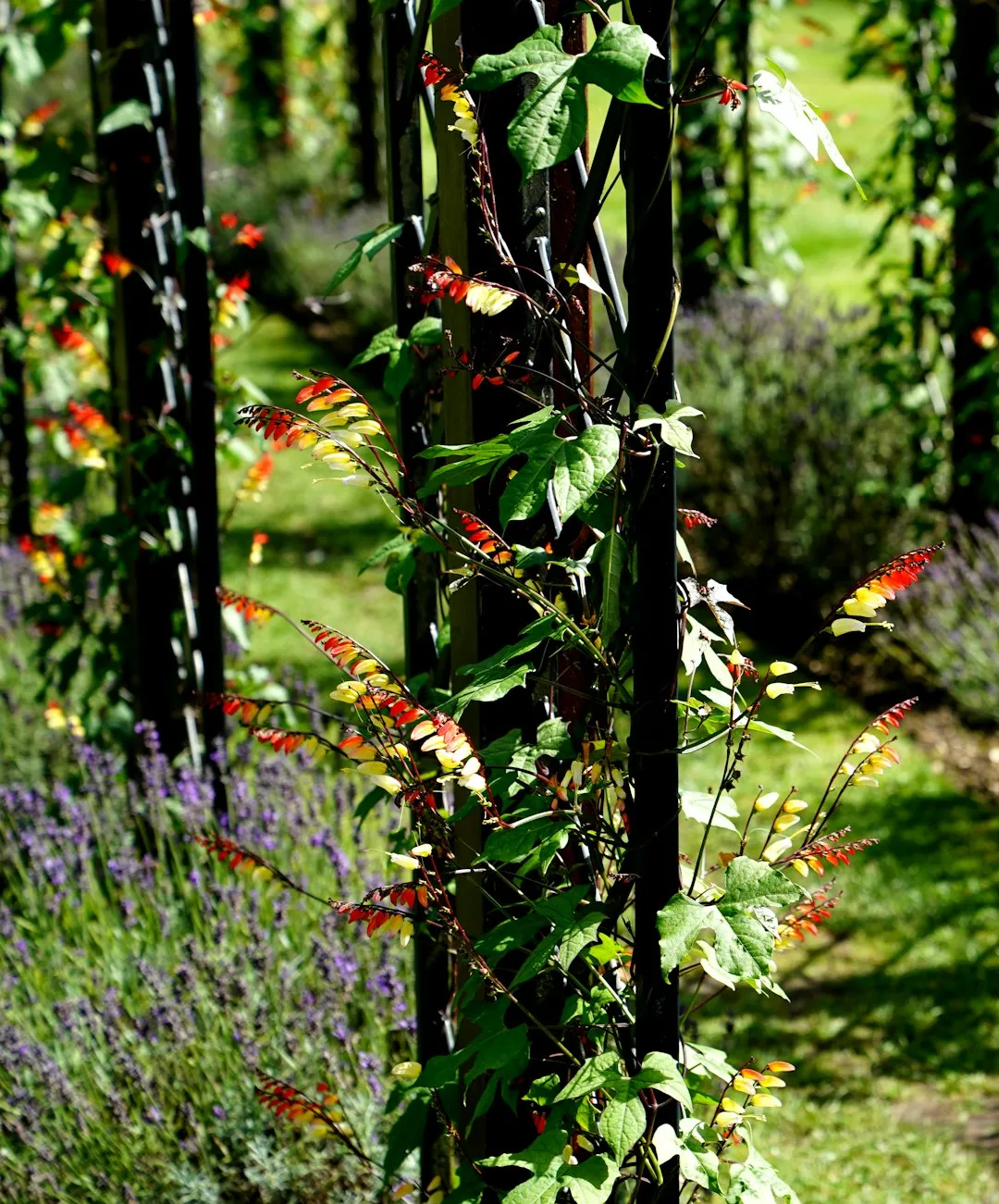
Sweet Rewards: Cultivating Berries in Containers
Sweet Rewards: Cultivating Berries in Containers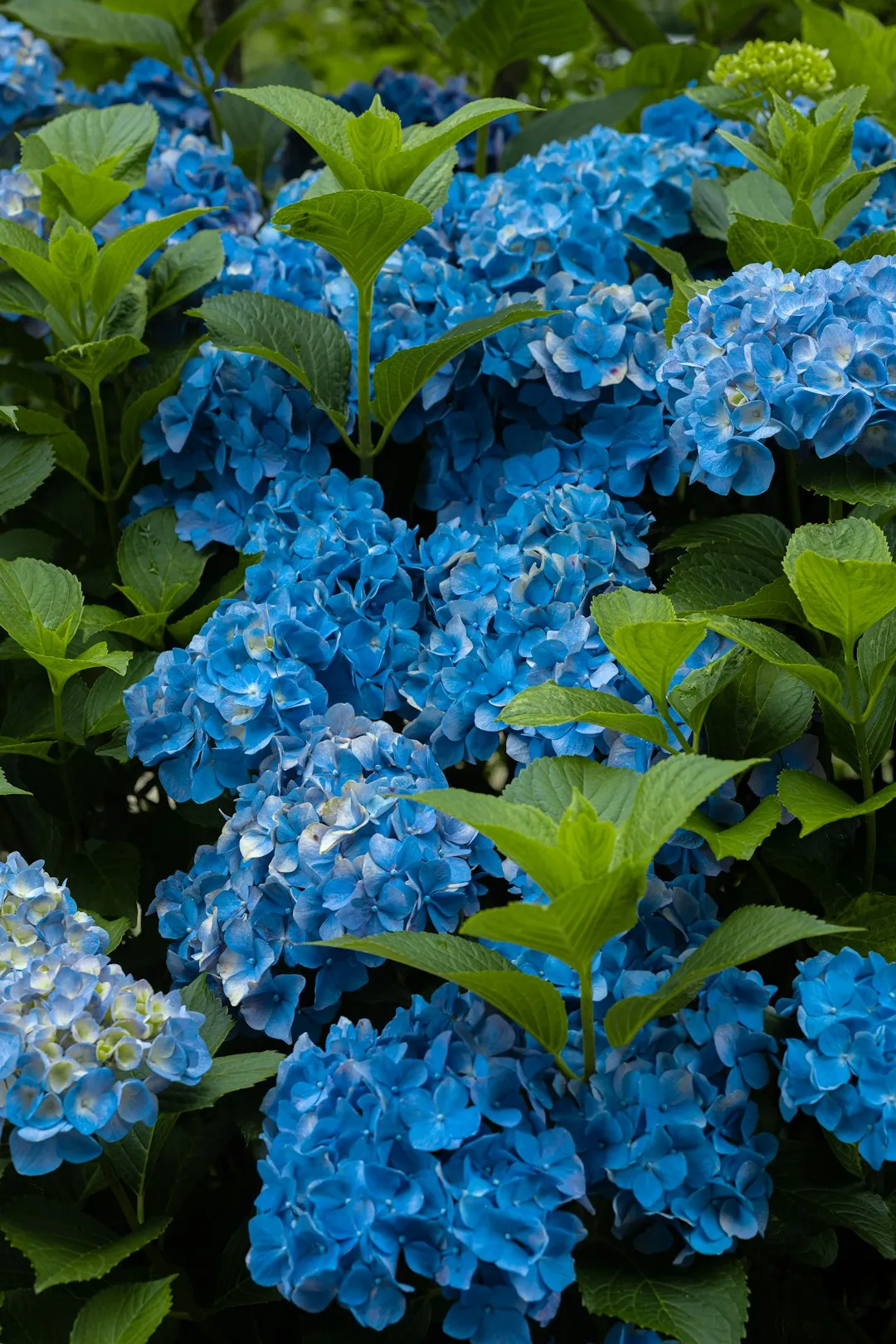
Unveiling the Secrets of a Stunning Lawn
Unveiling the Secrets of a Stunning Lawn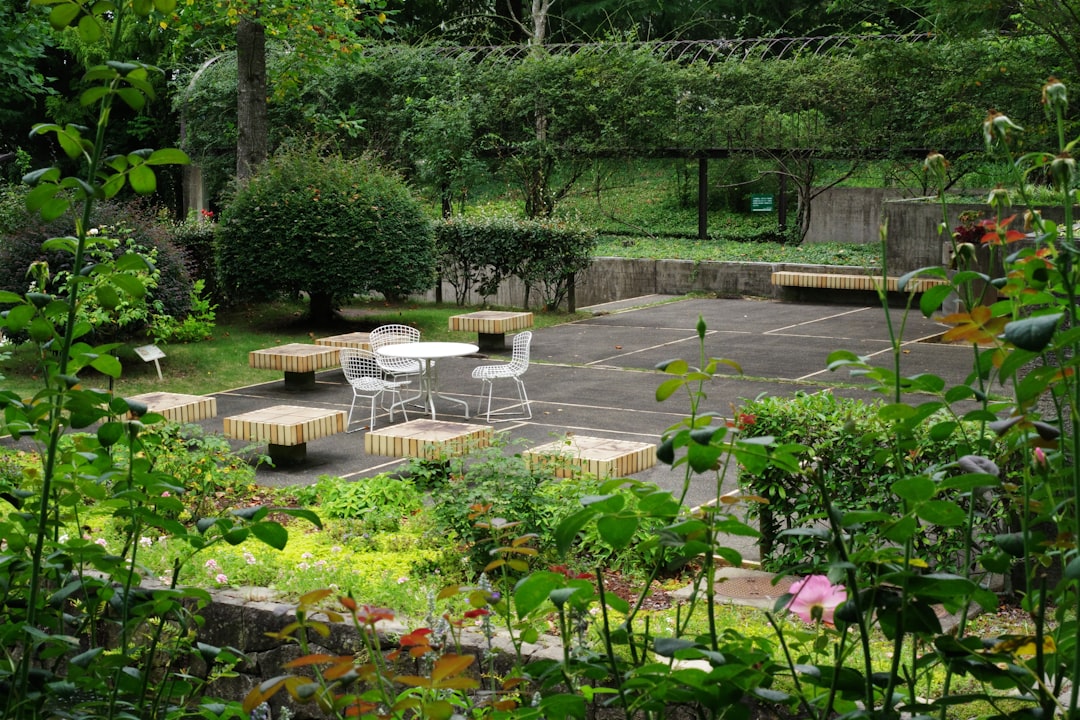
Fall Lawn Maintenance: The Key to a Healthy Yard in Winter
Fall Lawn Maintenance: The Key to a Healthy Yard in Winter
The Secret to Soil Amendment Without Uprooting Your Plants
The Secret to Soil Amendment Without Uprooting Your Plants
Unleash Your Garden's Potential: The Art of Seed Collection
Unleash Your Garden's Potential: The Art of Seed Collection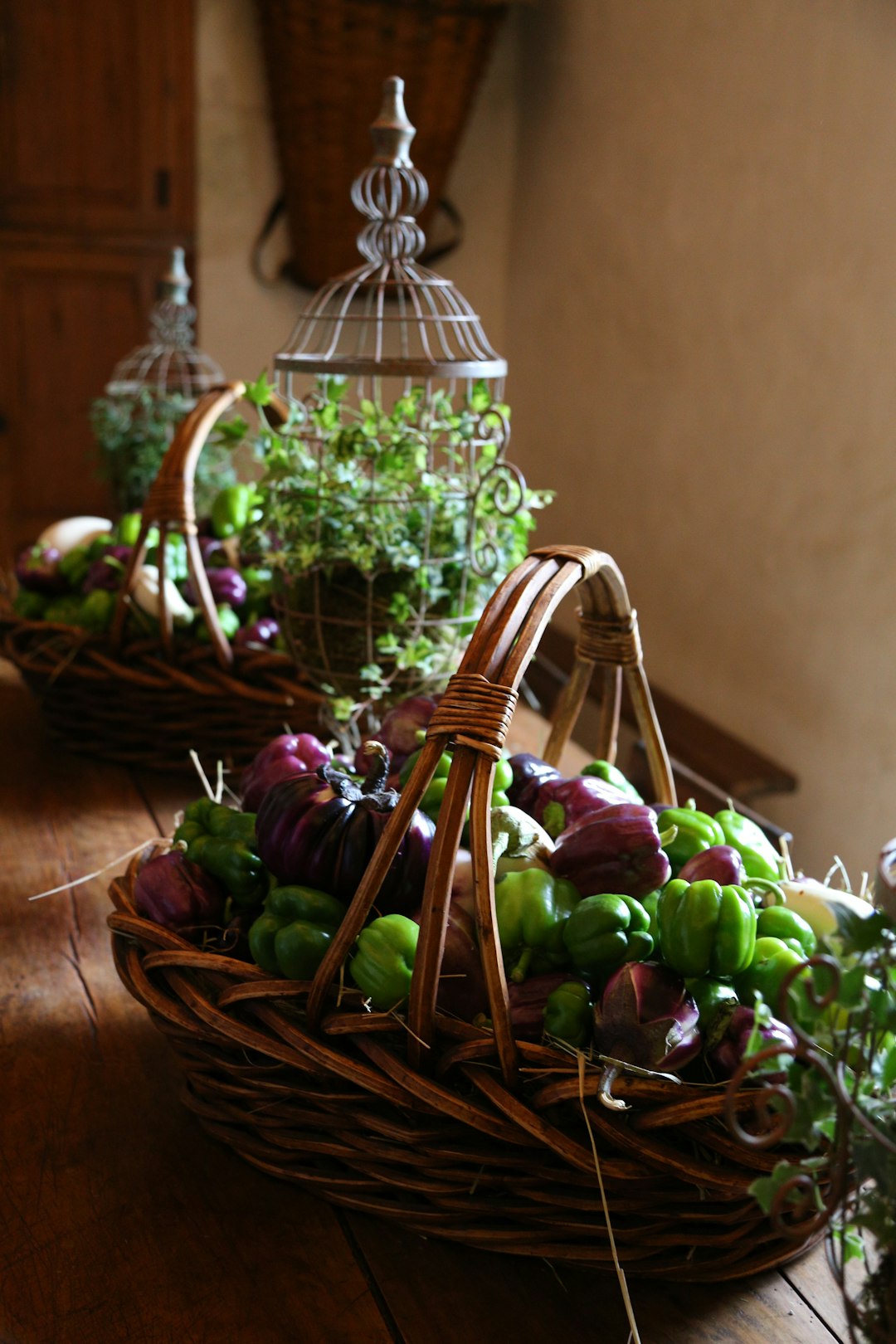
Pre - Summer Yard Care Essentials
Pre - Summer Yard Care Essentials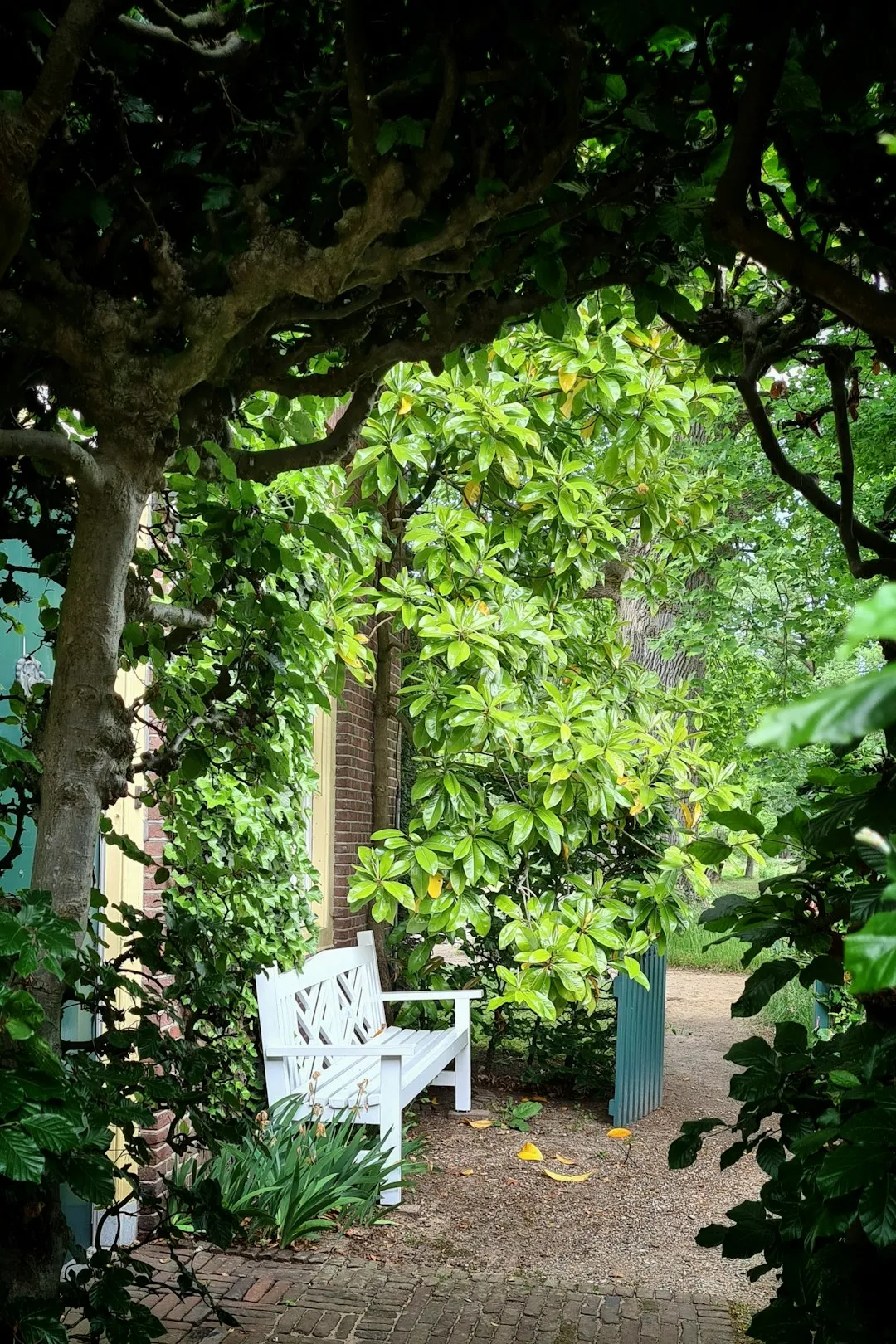
Weathering the Storm: Nurturing Your Garden in Extreme Conditions
Weathering the Storm: Nurturing Your Garden in Extreme Conditions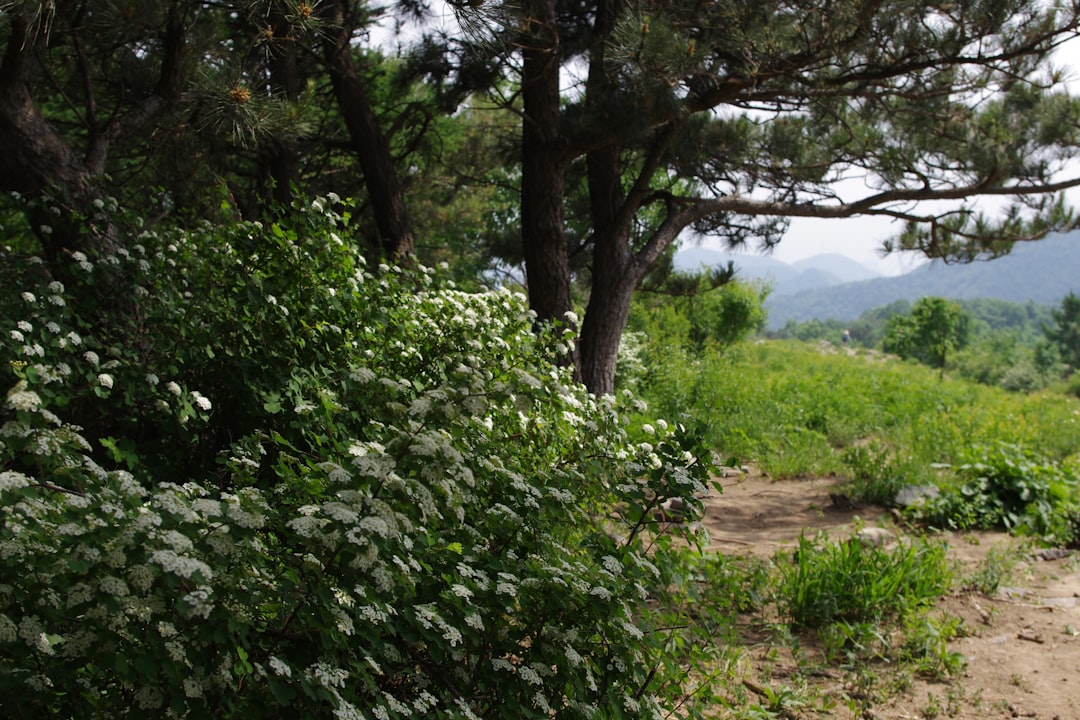
Summer Pruning: The 10 Flowering Plants to Leave Alone
Summer Pruning: The 10 Flowering Plants to Leave Alone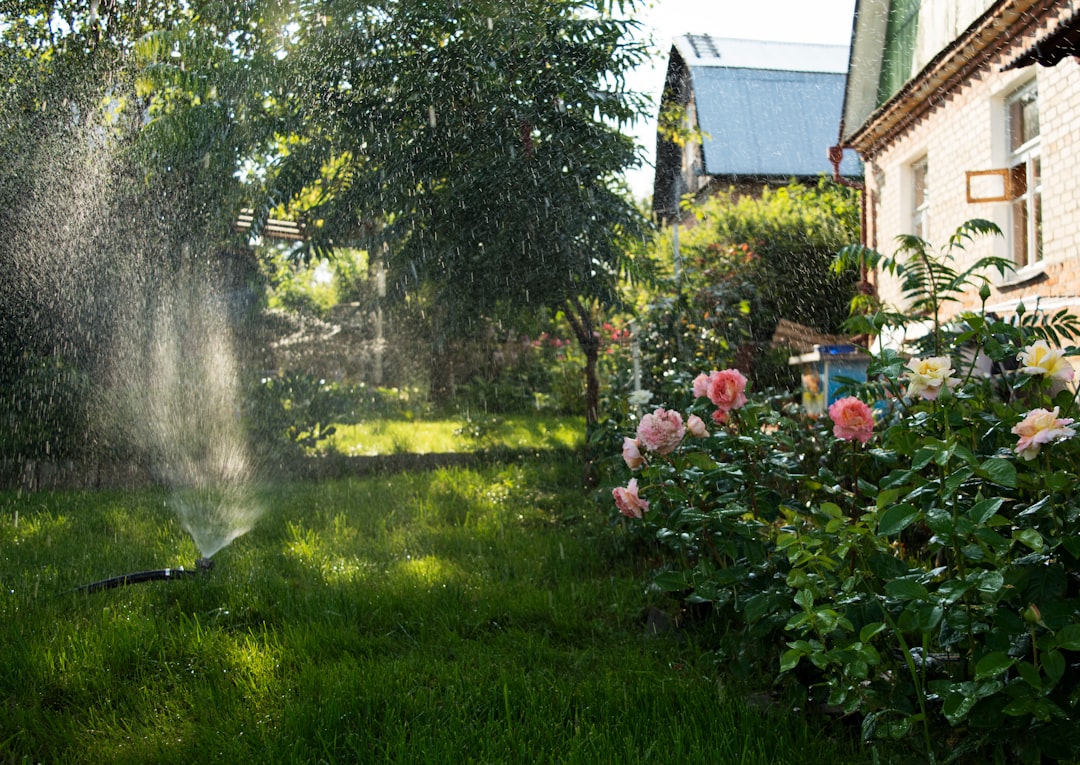
Unveiling the Hidden Gems of Perennial Gardening
Unveiling the Hidden Gems of Perennial Gardening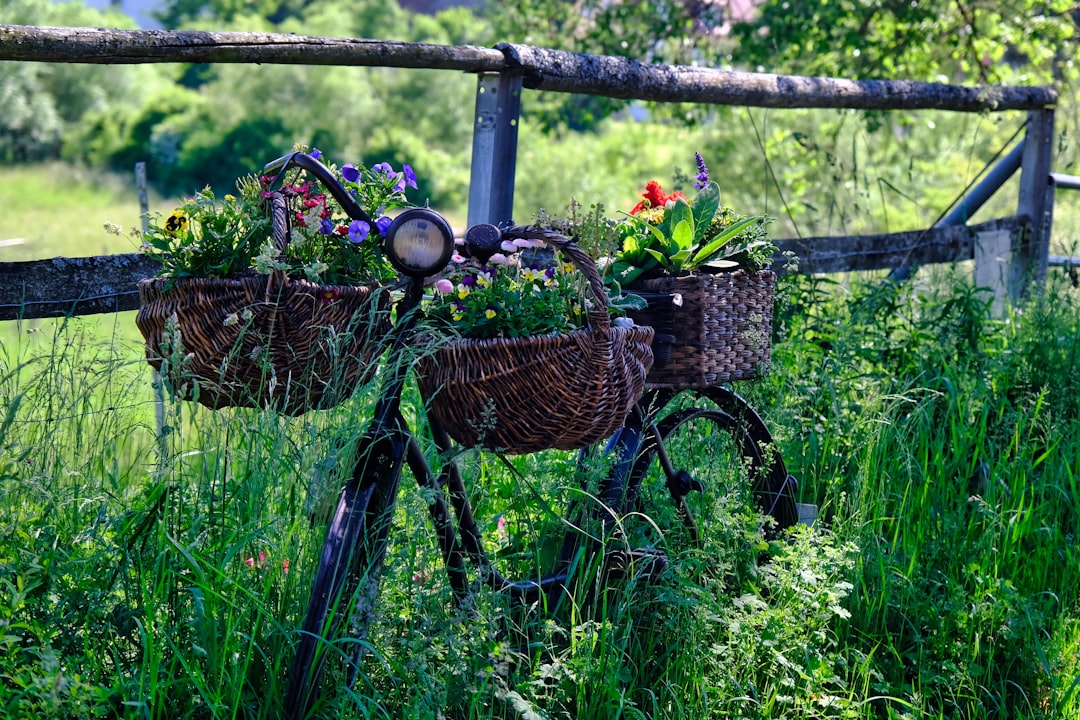
Unleashing the Beauty of Perennial Black - Eyed Susans in Your Garden
Unleashing the Beauty of Perennial Black - Eyed Susans in Your Garden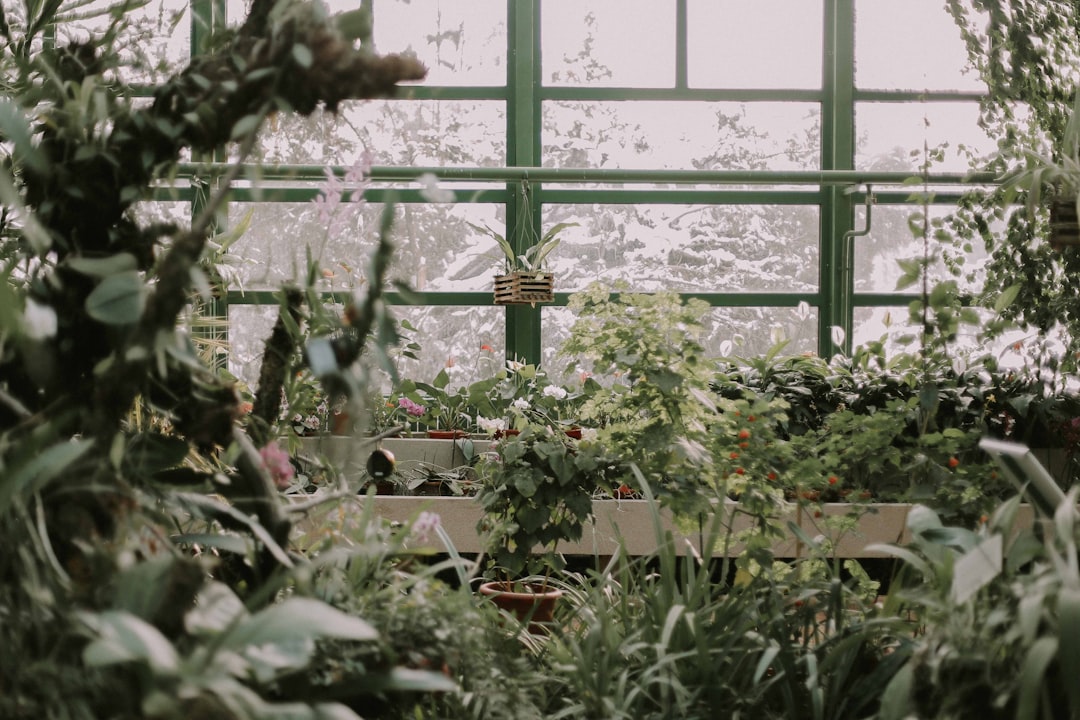
Unveiling the Secrets of Trillium Growth
Unveiling the Secrets of Trillium Growth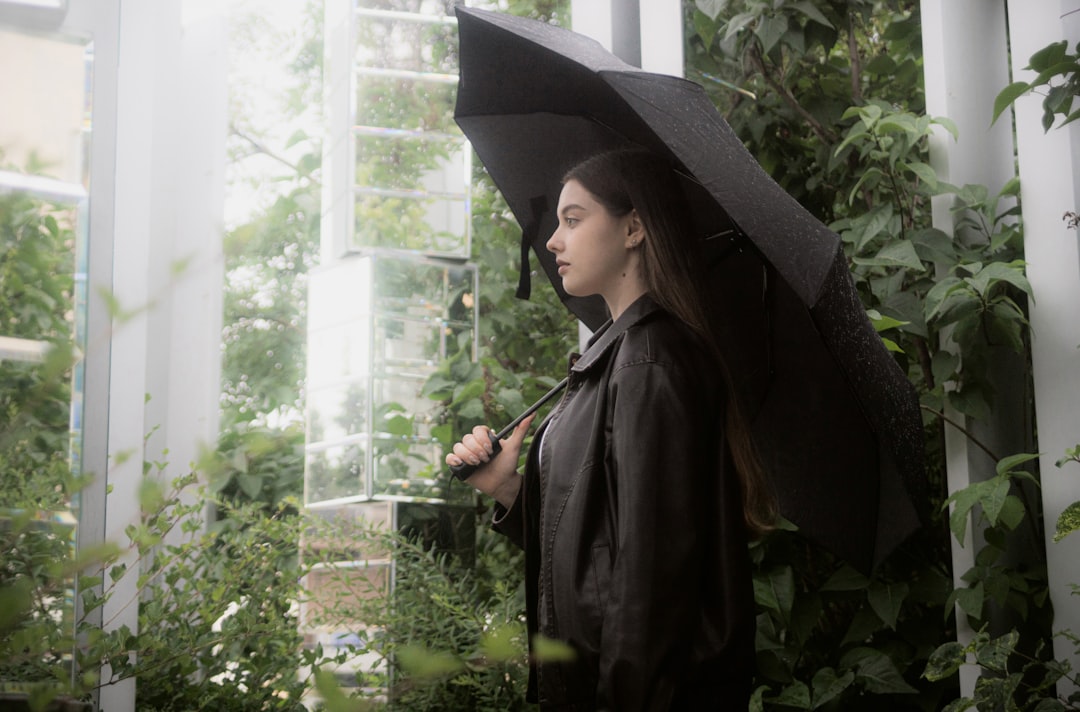
The All - Season Charm of Sedum Plants
The All - Season Charm of Sedum Plants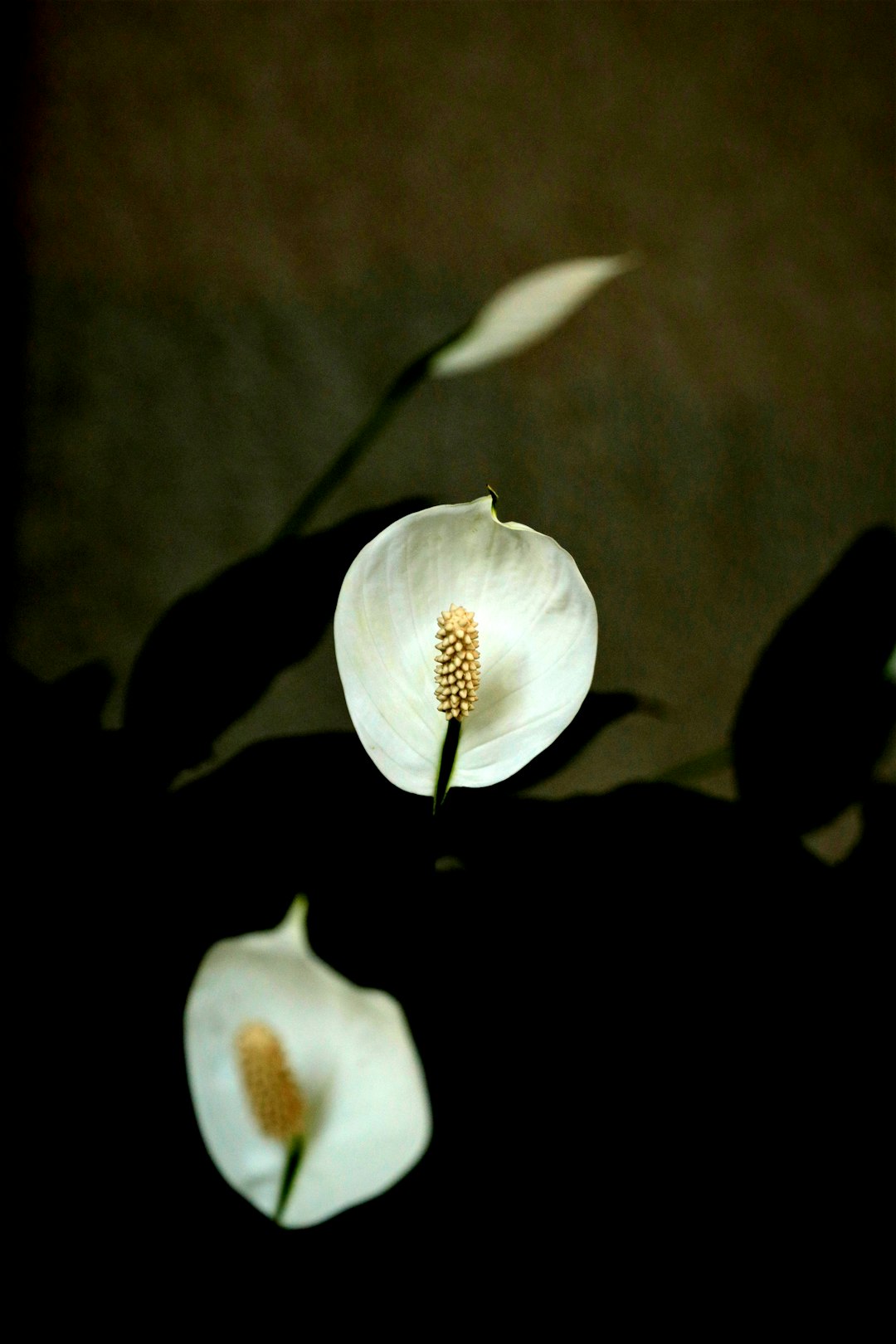
Banishing Snakes from Your Yard: Simple Solutions
Banishing Snakes from Your Yard: Simple Solutions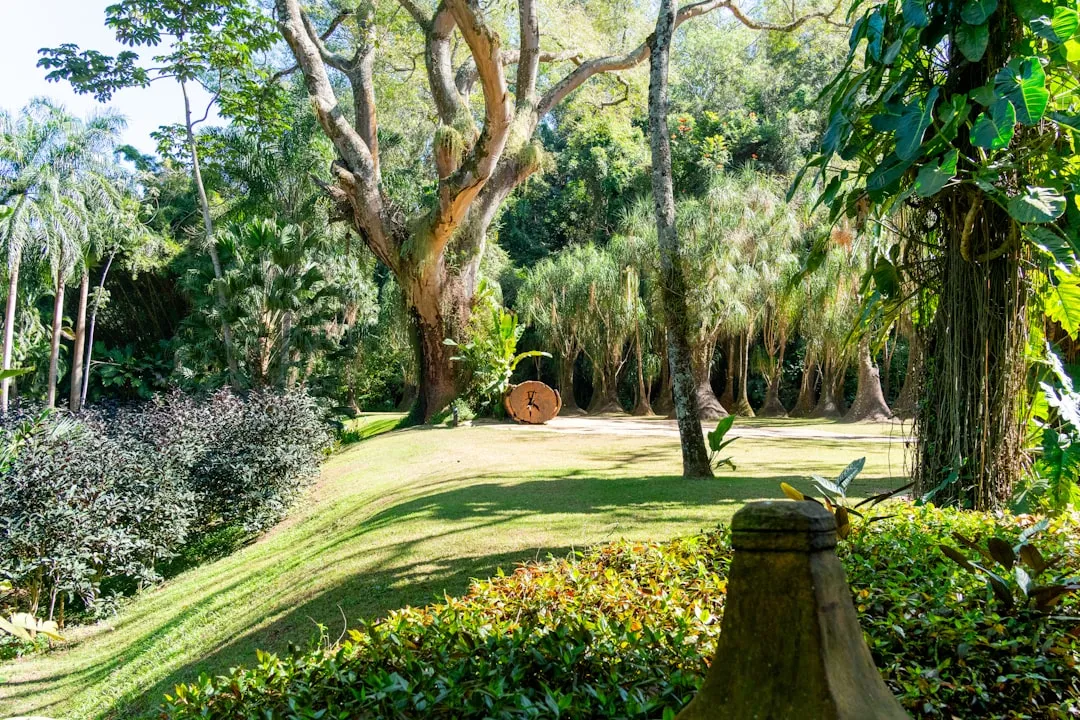
Secrets to a Bug - Free Garden: Conquering Squash Bugs Naturally
Secrets to a Bug - Free Garden: Conquering Squash Bugs Naturally
Transform Your Yard: Banish Crabgrass for Good
Transform Your Yard: Banish Crabgrass for Good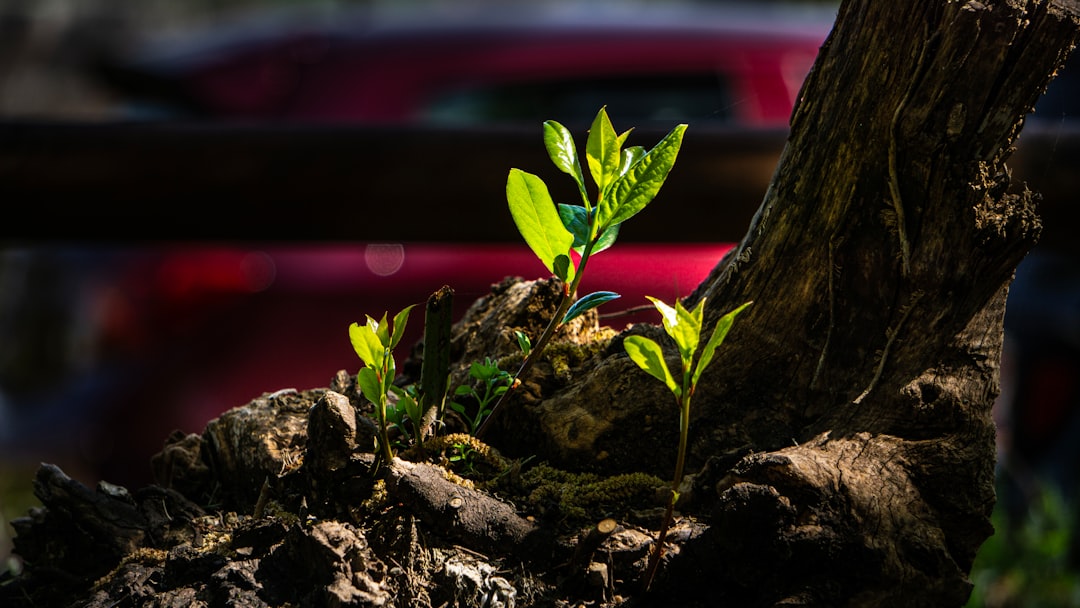
Unveiling the Wonders of a Low - Sun Garden
Unveiling the Wonders of a Low - Sun Garden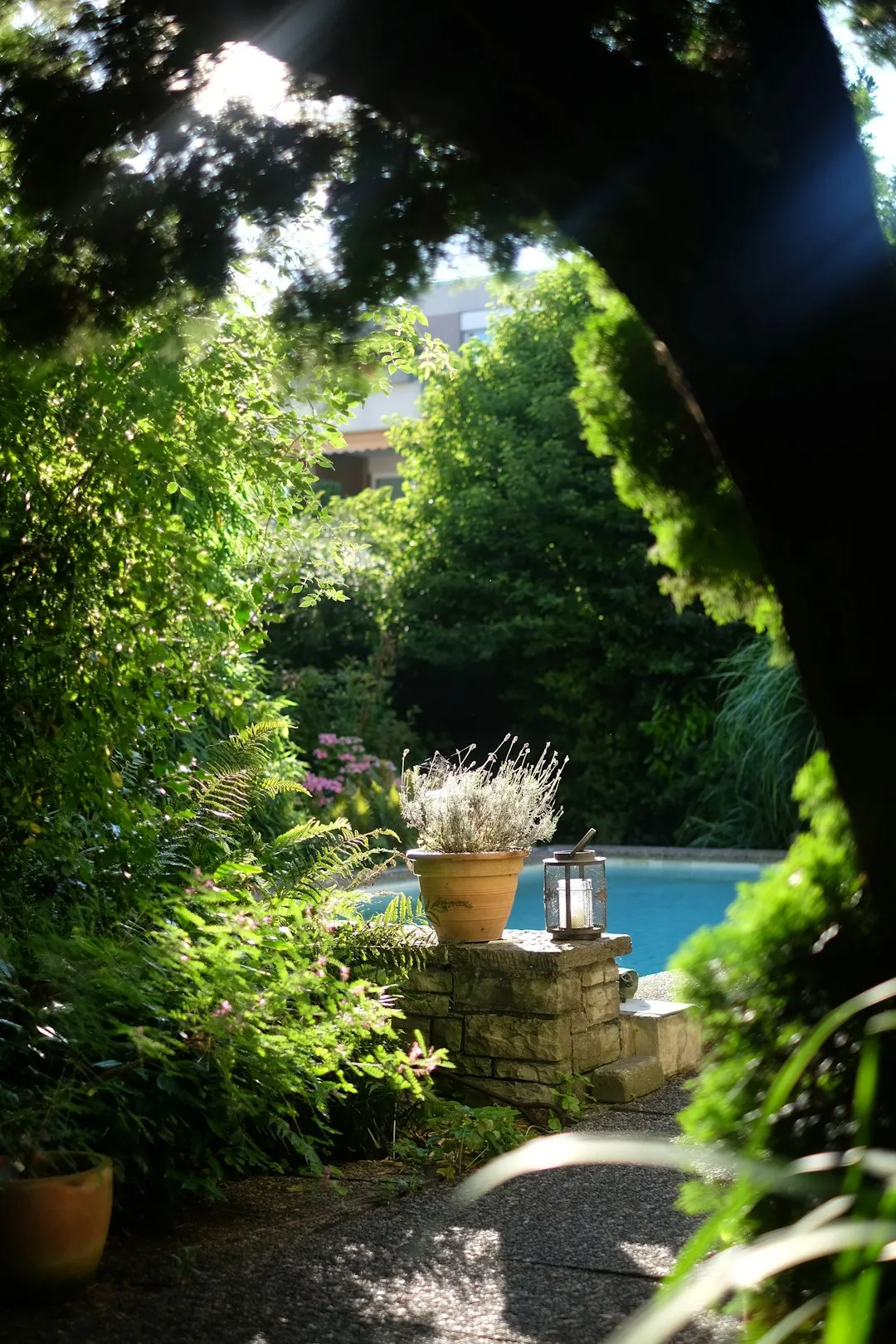
Unleash Your Garden's Potential: The Magic of Lasagna Gardening
Unleash Your Garden's Potential: The Magic of Lasagna Gardening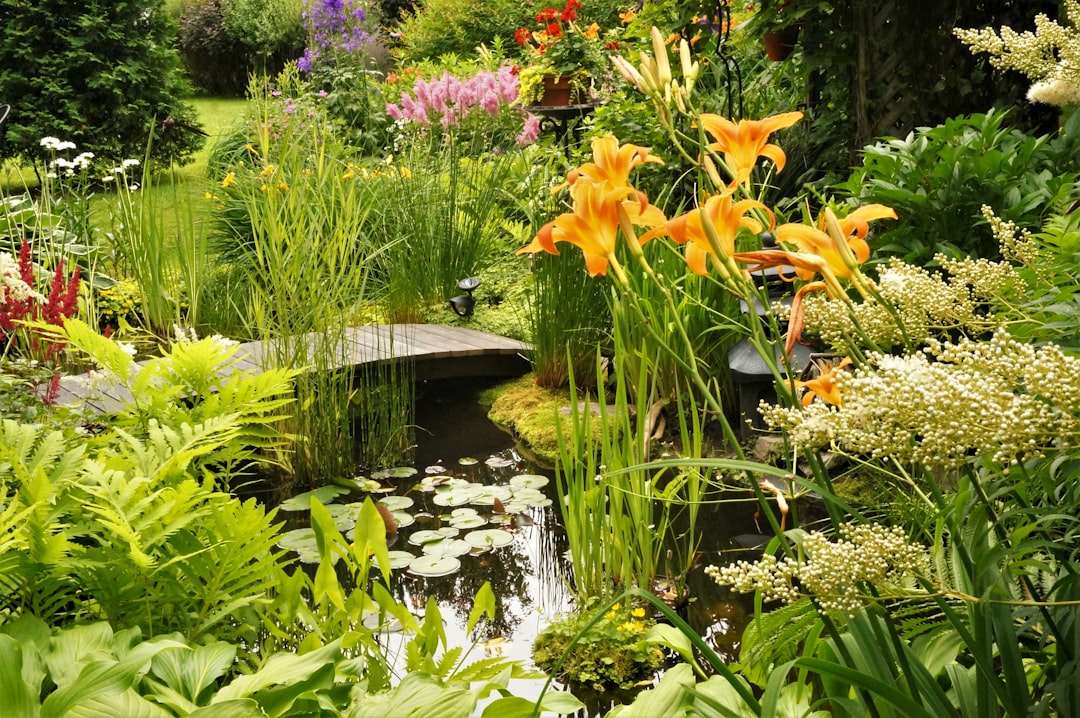
Unveiling the Mysteries of Lunar Gardening
Unveiling the Mysteries of Lunar Gardening
Unleash Your Inner Herbalist: A Guide to Indoor Herb Gardening
Unleash Your Inner Herbalist: A Guide to Indoor Herb Gardening